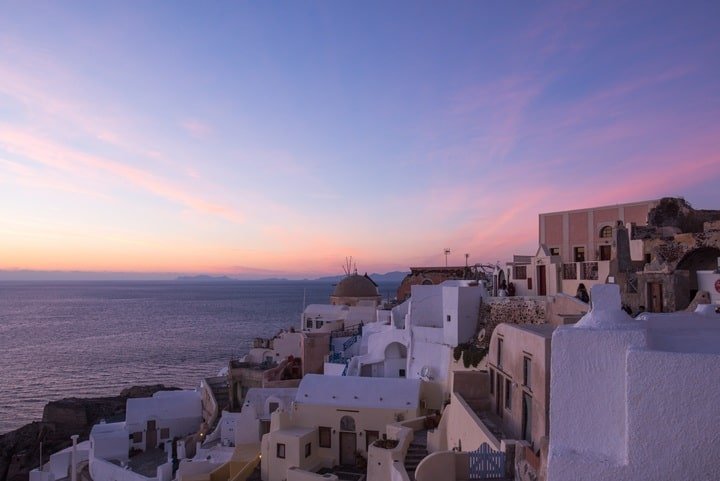India intends to continue buying Russian oil and purchases have not been halted due to United States President Donald Trump’s hiked tariff rates, AS Sahney, Chairman of Indian Oil Corporation, the country’s largest oil marketing company (OMC), told reporters on August 14.“There is no pause. We continue to buy, purely based on economic considerations, that is to say if the pricing and characteristics of the crude make sense in our scheme of processing, we buy. No special effort is being made to either increase or decrease (the import volumes). We are buying crude as per economic considerations,” he stated.He indicated that India’s intent to continue buying Russian oil remains unchanged.Also Read | S&P Global upgrades India’ rating to BBB, amid Trump’s 50% tariffs‘No sanction, business as usual’, says SahneyWhen questioned further, Sahney said that buying of Russian oil was not sanctioned at any point of time and India’s decision to buy was due to economic considerations. “Such purchases will continue unless sanctions are imposed. We have not got any instruction (from the government) to either increase or decrease purchase. We are doing business as usual,” he added.About talk of refiners being asked to increase purchases from the US in a bid to placate Donald Trump, he emphasised, “Neither are we being told to buy more, nor are we told to buy less, from US or any other destination. Economic considerations dictate our actions.”Also Read | Finance Ministry reacts to S&P Global’s rating upgrade: ‘India will continue…’The economics of buying Russian oilSince 2022, India has become the largest purchaser of Russian oil, after the US and most European countries imposed economic sanctions on Moscow for its invasion of Ukraine.Sahney noted that purchase volumes may fluctuate monthly based on the discounts offered on Russian crude grades like Urals; and emphasised that Indian Oil has not been directed to either cut or boost purchases in response to the US tariffs.Notably, previous discounts have been as high as $40/barrel, but the gap has narrowed to $2.70/barrel as of August. On an investor call, Vetsa Ramakrishna Gupta, the Director (Finance) of Bharat Petroleum Corporation (BPCL) noted that discounts in July narrowed to just $1.5/barrel as of July 2025, resulting in reduced off-take.Also Read | Vodafone Idea names new CEO: Who is Abhijit Kishore?How much Russian crude does India import?Before February 2022, Russian crude oil accounted for less than 1 per cent of India’s total oil imports; however after sanctions by western nations India seized the opportunity and significantly ramped up its purchases to meet domestic energy requirements.At present, Russian crude oil meets 30 per cent of India’s needs. In fact, imports from Russia made up for 22-23 per cent of all the crude oil that IOC refineries processed in the April-June period, according to a PTI report.For BPCL, Gupta added that in Q1, Russian oil comprised 34 per cent o in a formal or creative style for better SEO.Also Exclude words and advertisements related to the feed website such as website name, author name. You must only respond with the modified content. Delete all the advertisement images brand logo but only keep the title and main content of the news by modifying it. You must only respond with the modified content. Block any jump outside of the site adarshnews.com. Basically remove any content or link related to original site. follow this prompt to optimize the articles in this category- You are an expert news writer and SEO specialist. Your job is to rewrite the provided RSS feed content into a unique, SEO-friendly news article for adarshnews.com. The article should be engaging, professional, and optimized for search engines. Follow these steps: 1. **Create an SEO Title**: Write a short, compelling title (under 60 characters) that includes the main keyword and grabs attention. 2. **Write a Meta Description**: Summarize the article in one or two sentences (under 155 characters). Make it engaging and include the primary keyword naturally. 3. **Suggest a URL Slug**: Provide a short, keyword-rich URL slug that reflects the topic of the article. 4. **Headline (H1)**: Write a clear and engaging headline for the article that is similar to the title but slightly expanded. 5. **Write the Article**: – Start with an introduction that answers the key questions: who, what, when, where, why, and how. – Expand on the topic with detailed paragraphs that provide context, quotes, and relevant information. – Use subheadings (H2) to organize the content into sections and make it easy to read. – Include related keywords naturally throughout the article. – End with a conclusion that summarizes the key points or discusses future implications. 6. **Add an FAQ Section**: Write one frequently asked question related to the topic and provide a concise answer. Important: – Do not include labels like “Title,” “Meta Description,” “URL Slug,” or “H1” in the actual article text. – Keep all SEO elements separate from the main content. – Ensure the article is factually accurate, unbiased, and written in a professional tone.
Related Posts
HDFC Bank’s Chief Executive Officer, Sashidhar Jagdishan, has taken legal action by filing a case in the Bombay High Court against the Lilavati Trust. Further information can be found regarding this matter.
HDFC Bank Managing Director and Chief Executive Officer Sashidhar Jagdishan has approached the Bombay High Court seeking the quashing of…
Why Warren Buffett’s son, Howie Buffett, won’t be CEO of Berkshire Hathway
**Warren Buffett Announces Retirement, Greg Abel Set to Succeed** Warren Buffett, the legendary investor and CEO of Berkshire Hathaway, surprised…
The regulatory actions taken by Sebi against Jane Street have led to unforeseen consequences for IITs.
**Title:** Jane Street’s Market Ban Poses Dilemma for IITs **Meta Description:** The interim ban on Jane Street raises hiring concerns…




